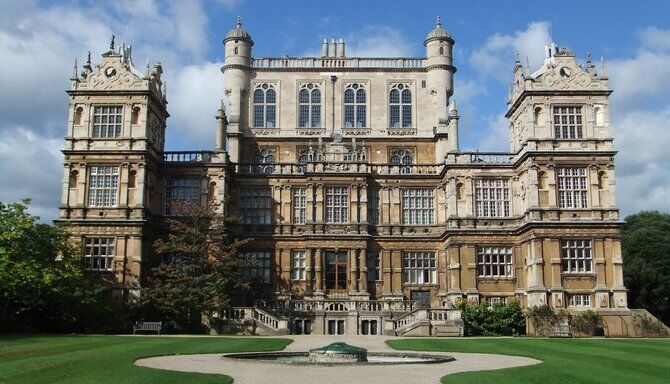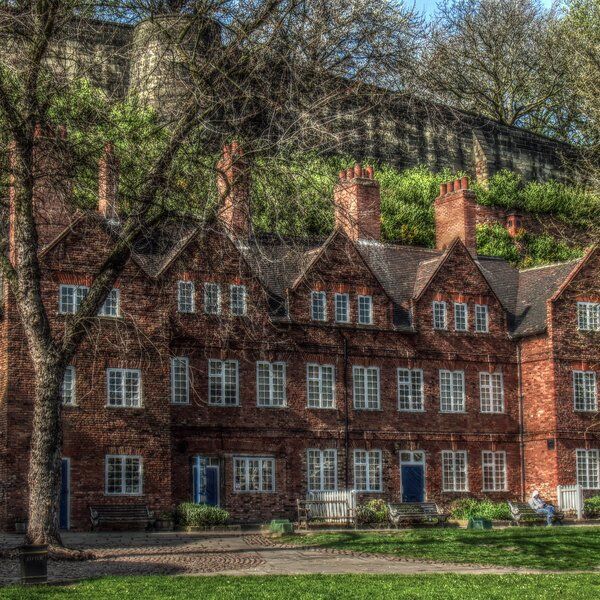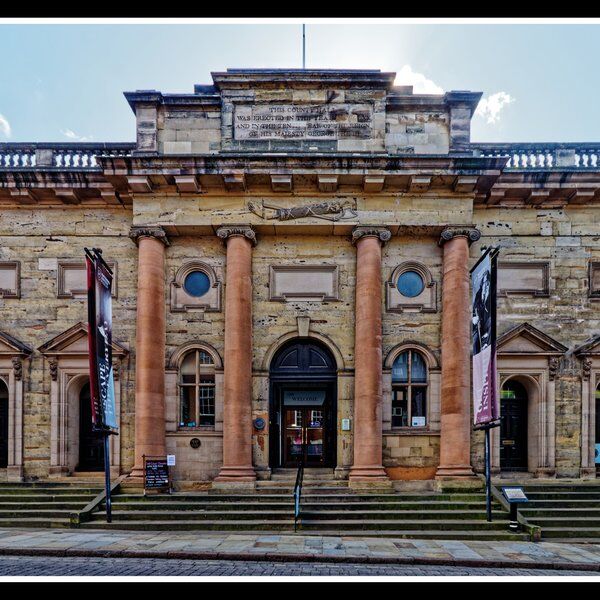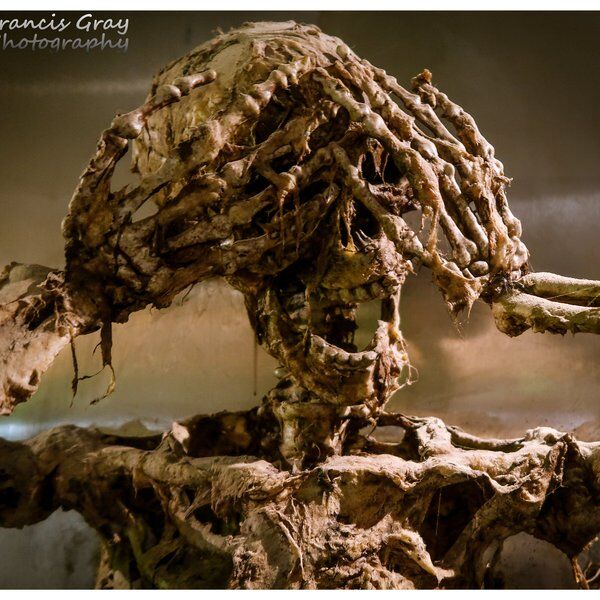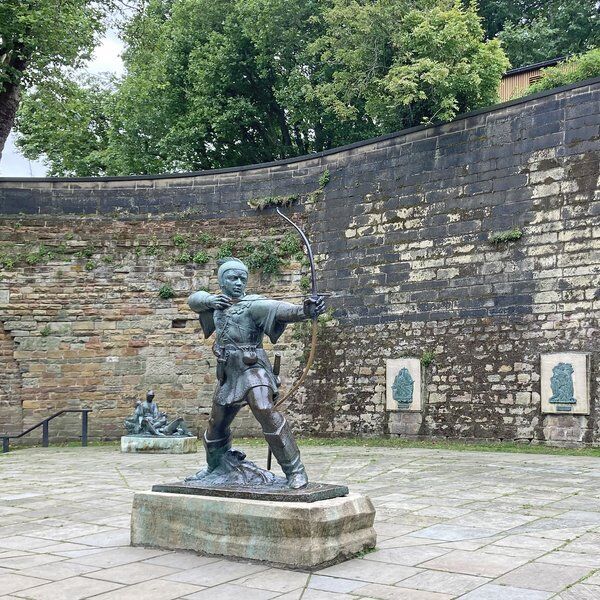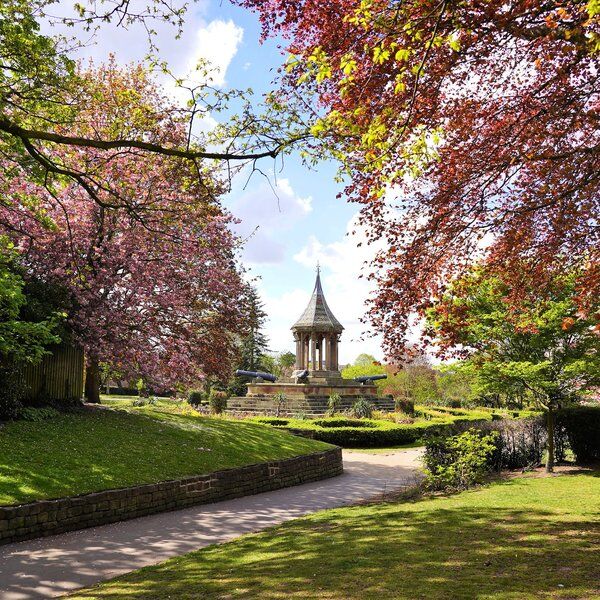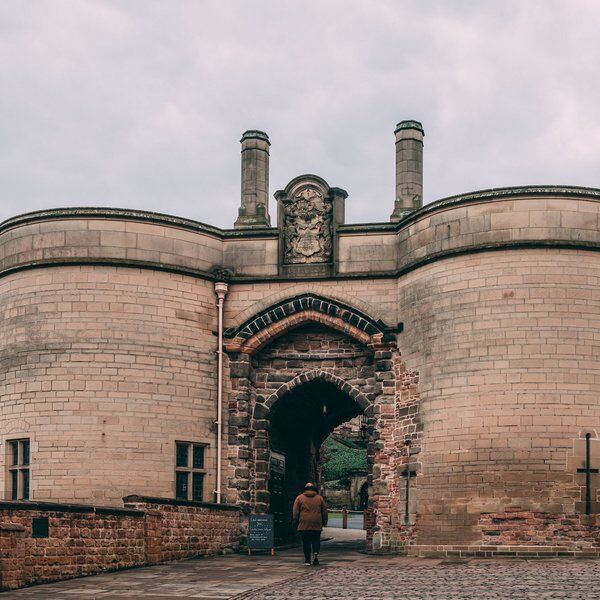Discovering Nottingham's Wollaton Hall
Wollaton Hall, surrounded by 500 acres of beautifully landscaped parkland, was originally built for a wealthy, mine owning family in 1580. Since then the Grade-I listed mansion has come to form an integral part of Nottingham’s otherwise industrial landscape.
In 1925, after 45 years of family absence and inspired by Nottingham's industrial growth, the Elizabethan mansion was sold to Nottingham City Council. Today, it houses both the Nottingham Natural History Museum and Nottingham Industrial Museum.
The surrounding parkland, inhabited by free-roaming deer, serves as a versatile venue for large-scale outdoor events, including rock concerts, sporting events, and festivals.

Looking at the History of Wollaton Hall
From its inception, Wollaton Hall has witnessed the ebb and flow of history, serving various purposes from a family residence for Sir Francis Willoughby, to a military hospital during World War II. The hall's history also includes hosting Anne of Denmark and her children in 1603 and undergoing fire-related abandonment in 1642.
In 1881, the Willoughbys, known for producing explorers like Sir Hugh Willoughby, deemed the house too close to Nottingham's industrial activities, leading to its vacancy. The property's eventual sale in 1925 marked a new chapter as it embraced its role as a museum. This museum opened in 1926 and displayed artefacts from the Willoughby family's estate.
Noteworthy events include the 2007 reopening after a two-year refurbishment, the use of Wollaton Hall as a grand manor in a block-buster Hollywood movie, and the arrival of the "Dinosaurs of China" exhibition in 2017. The hall's versatile spaces, including the Prospect Room and basement kitchens, are now accessible to the public through guided tours.
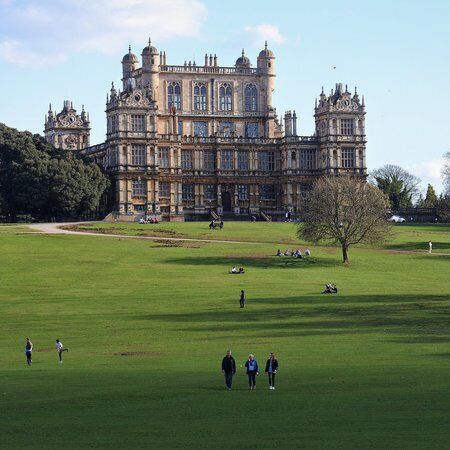
Wollaton Hall: A Masterpiece of Elizabethan Architecture
Despite the tragic fate of Sir Francis, who never lived to see his creation, Wollaton Hall, as a masterpiece of Elizabethan architecture, is a testament to his grand vision.
The building, nestled on a hilltop in Nottingham, captivates with its ornate stone carvings, limestone turrets, and traceried windows gleaming in the sunlight. The design has been attributed to Elizabethan architect Robert Smythson, renowned for his work on Longleat and Hardwick Hall.
Adorning the exterior are busts of historical figures, including Plato, Caesar, and Charles I, subtly integrated into the building. Gondola mooring rings, hinting at Italian influence, add a touch of the exotic. Movie enthusiasts may recognize Wollaton Hall as Wayne Manor from Christopher Nolan's "The Dark Knight Rises.”
Venturing inside, the Great Hall, with its soaring false hammerbeam roof and intricate stone screen, captures the essence of Elizabethan grandeur. Upstairs, the Prospect Room offers panoramic views of Nottingham. The South and North Stairwells, adorned with captivating paintings by Sir James Thornhill, offer glimpses into the hall's rich history and artistic heritage.
Delving deeper into the hall’s nooks and crannies, subterranean tunnels reveal a wine cellar and the Admiral's Bath, a freshwater spring tied to naval history. A clandestine Lord Middleton Suite, complete with hidden trap doors leading to the Muniment Room, adds a layer of mystery.
Over the years the house underwent various remodelings, but has remained true to its Elizabethan roots, retaining original features such as the fake hammerbeam wood ceiling.
Today, visitors can explore the Elizabethan Great Hall, the Georgian-style Salon, and cabinets filled with taxidermy items from the African Savannah, including the 140-year old stuffed gorilla named George, on the ground floor alone.
Other attractions include:
- A fully operational beehive.
- An extensive fossil, rock, and mineral collection.
- A herbarium.
- A lively colony of giant ants.
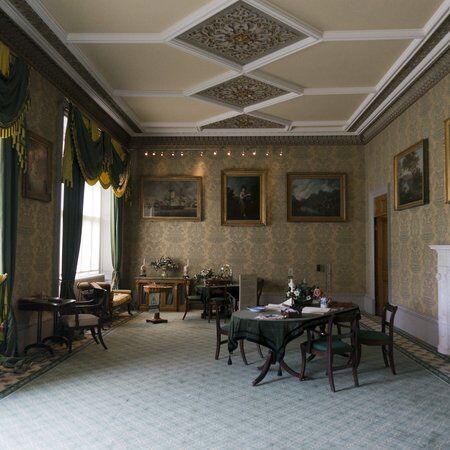
The Grounds at Wollaton Park
Wollaton Hall Park, with its Grade II Listing on the Register of Historic Parks and Gardens, is so much more than just an Elizabethan mansion. In the late 17th and early 18th centuries the grounds underwent significant changes guided by Sir Francis, Thomas, and Cassandra Willoughby. The terrace, described in 1856 as a vast lawn adorned with statues and fountains, offered picturesque views, with adjacent areas referred to as the 'Wilderness' and the Rosary.
Today, delights in the grounds of Wollaton Hall include:
The Deer Park at Wollaton Hall
Wollaton Hall is not just the home of grand architecture. Its parkland is a sanctuary to a herd of over 90 red and 120 fallow deer. During the rutting season (September and October) and calving season (June and July), visitors are urged to maintain a safe distance, respecting the protective nature of stags.
The Historic Camellia House
In its grounds Wollaton Hall features the grade II-listed Camellia House. Dating back to 1823, the Camellia House is the oldest cast-iron-framed glass house in Europe, and is the only one of its kind in England. Situated within the Formal Gardens, the Camellia House, is a relaxing area that overlooks the Park and the Lake.
The Lake
The lake at Wollaton Hall and Deer Park provides a perfect setting for leisurely walks and wildlife observation. On the lake's far side is a false bridge, originally designed as a boathouse to enhance the landscape.
Playful Retreats
For families, Wollaton Park has two playgrounds. The main play area, near the 508 Café, is a great place for children to play and enjoy outdoor activities. There is also another play area along the route from Lime Tree Avenue.
Botanic Garden
The Botanical Garden is a cherished project maintained by dedicated volunteers from the Nottingham branch of the Hardy Plant Society. Open to the public on Sundays from April to October, this garden not only invites exploration but also sells plants, where the proceeds are used for its ongoing care.
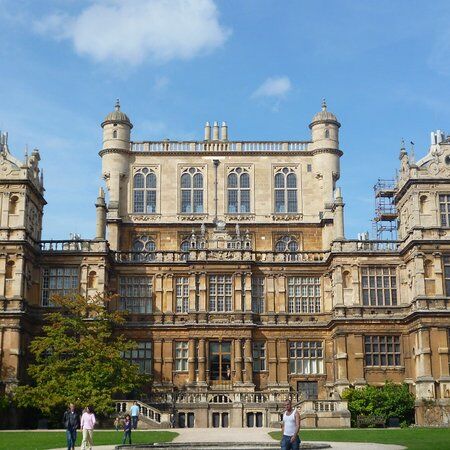
Pleasure Gardens
The brick ha-ha defines the pleasure gardens, featuring a central bastion and leading to the Doric Temple, known as the French Hovel. The gardens reveal a historic stone gazebo, an early 19th Century icehouse, and a raised terrace to the south, following Robert Smythson's plan, featuring a central pond. Statues of Roman gods, including Neptune, Flora, Venus with Cupid, and Bacchus, stand on the lawn, replicating the original stone statues now housed in the Camellia House.
Kitchen Garden
The kitchen garden, built in 1783 against the north wall of the park, now stands in abandoned ruin. Although the late 18th century Gothic glasshouse is lost, the gardener's cottage, another late 18th Century structure, and other listed buildings contribute to the historical character of the area.
Things to do at Wollaton Park
Nature Trails
The engaging nature trails at Wollaton Park are great fun for the whole family. Explore the grounds, solve clues, and be sure to pick up your reward at the end.
Bird-Watching
Wollaton Hall & Deer Park is a great place for avid bird watchers. The best time for bird spotting is during the first three hours of daylight. Here are some of the species to look out for:
- Peregrines.
- Waterbirds like ducks, waders, and grey herons.
- Jays.
- Nuthatches.
- Sparrowhawks.
- Ring-necked parakeets.
Geocaching Adventures
Geocaching is an outdoor treasure-hunting game that involves hiding and seeking containers, known as ‘geocaches’ or ‘caches’, using an app on your phone, Wollaton Hall & Deer Park hosts 30 hidden locations for geocachers to discover.
Den Building
The Park Rangers host den building sessions so visitors can enjoy the creativity of getting out in nature (and getting your hands dirty) whilst learning how not to harm the environment.
Orienteering
Orienteering is a test of our navigational skills. Using a topographical map, which can be downloaded, and a compass, visitors can work their way around the park to different control points all whilst trying to beat the clock.
Interested in finding more places like this? Try one of our Treasure Trails in Nottingham - untangle cryptic clues as a team, as you are taken on a journey to the most unique, unusual and bizarre corners of York.
